An architectural treasure hunt at the new Hotel Grace La Margna St. Moritz
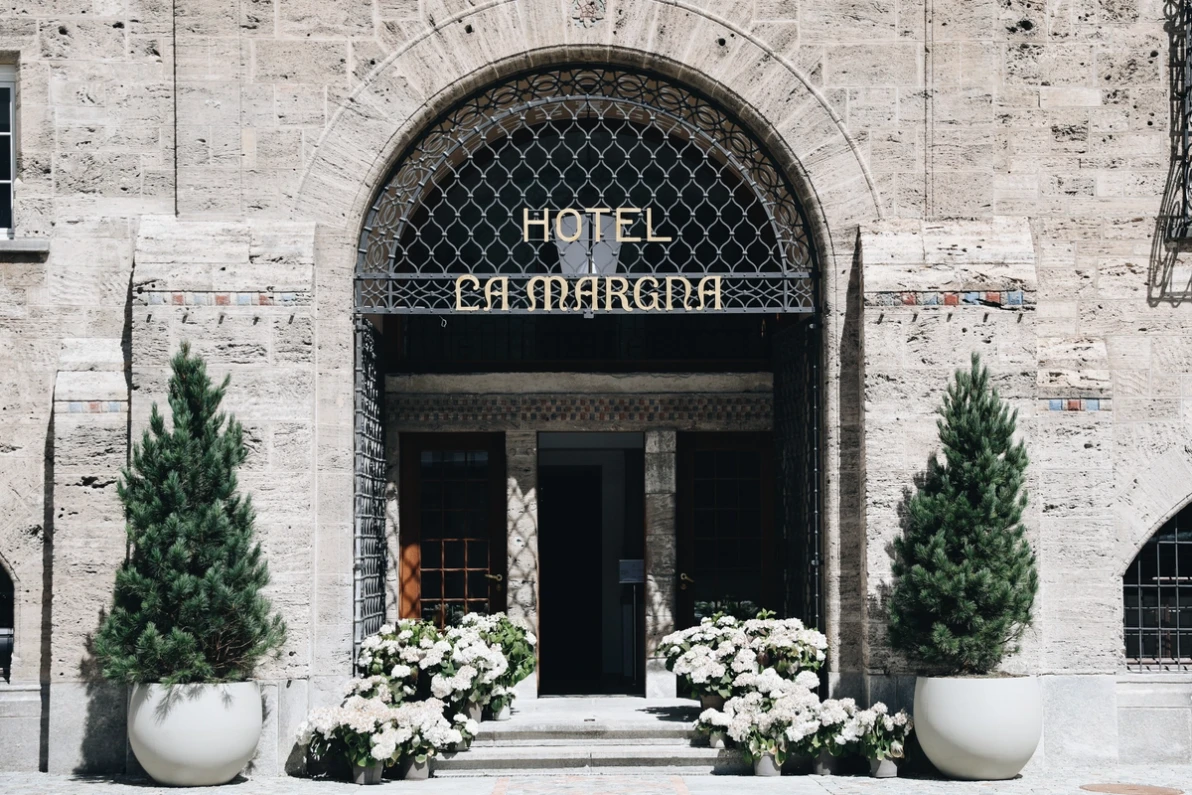
The historical treasure trail starts in the “Living Room”, the hotel’s lobby. Notable features include the large, heritage-protected windows, overlooking the Lake St. Moritz. The centrepiece of the lobby is the marble fireplace, which was built in 1906, the same year as the hotel itself. But why should there be a dragon adorning the chimney flue? The answer is provided by the Grisons art historian Leza Dosch, who developed a protection concept for the hotel’s conversion on behalf of the municipality of St. Moritz and is very familiar with the hotel’s architectural history. Dragons have always been a popular motif, explains the art historian. In the early 20th century, using dragons tended to be done playfully. Previously, they were what is known as apotropaic symbols; people were afraid of dragons, so they attached the creatures to the facades of their houses in the hope that they would ward off evil. Another fun theory is this - the nickname for the people of St. Moritz was “ils draguns”, Rhaeto-Romanic for “the dragons”. As the hotel is in St. Moritz and the architect Nicolaus Hartmann himself was from St. Moritz, this might be a plausible explanation.
Another detail designed by the architect Nicolaus Hartmann are the red and blue ornaments, which are typical of him. These decorative elements can also be found in the administrative building of the Rhaetian Railway in Chur, which was also built by him. Ornaments are a central theme throughout the hotel. The motto is “he who seeks shall find”.

The history of the hotel began with Nicolaus Hartmann, who did not like the architecture of the hotel palaces in his hometown at the beginning of the 20th century. He thought they were built insensitively and without any regional character.
He responded with great architectural skill and built the Hotel La Margna in 1906. At the time it was hailed as the flagship of Engadin Art Nouveau architecture.

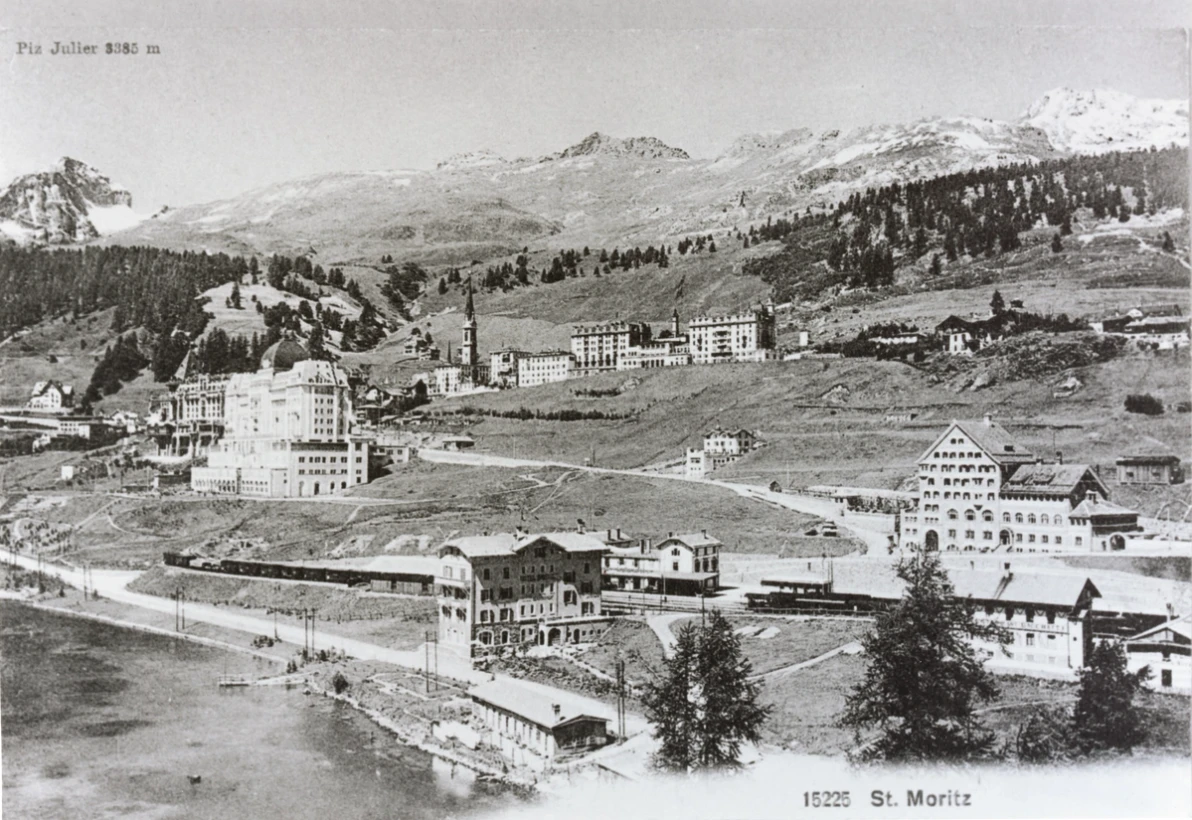
This local style has survived the decades and cab still be seen today, for example on the exterior façade. Due to the hotel's heritage status, the façade has not been altered during the hotel's reconstruction.
But the historic building is only one half of the new boutique hotel. The modern Grace wing has been added next to the Margna wing. Both wings cater to the needs of the modern traveller. Historical and architectural details dating back to the original construction of the hotel can still be seen in the Margna wing.


There is one thing that cannot be overlooked in a St. Moritz hotel, designed by a local architect: Saint Mauritius, the patron saint of the town. According to legend, Mauritius came to Switzerland from North Africa. Following a battle in Geneva, he settled in St. Moritz and became its patron saint. He is depicted twice in the Hotel Grace La Margna, once in the stairwell of the Margna wing and once on the north façade of the heritage-protected hotel.

So far so good, and all clear. But there are also architectural details that seem strange and raise questions. For example, the ventilation figures and the stucco work in the “Brasserie”, one of three restaurants in the hotel. Why is there a spider or a fly on the ceiling? Why is there a snake winding along the column? There is no definitive answer to this question, but Hartmann liked animals, and in the early 20th century there could never be enough depictions of animals, explains historian Leza Dosch.
At the end of the treasure hunt comes the most difficult question: which four of the eight chandeliers in the bar are original and which are replicas? Anyone who gets the answer right will be offered a glass of champagne by the hotel. (Editor's note: the author of this text tried to find out, but you may have better luck.)
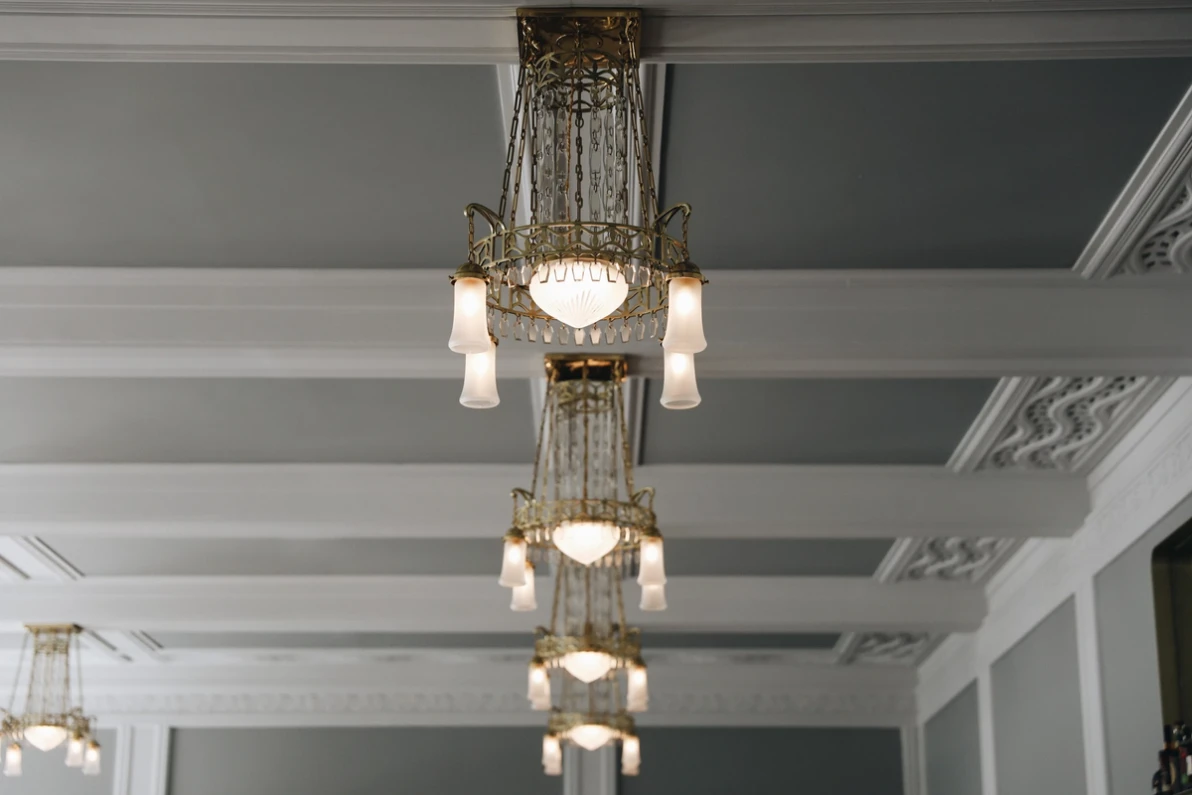
Finally, a direct comparison between then and now. The original photos of the Hotel La Margna are in black and white, today’s interior of the Hotel Grace La Margna in colour.


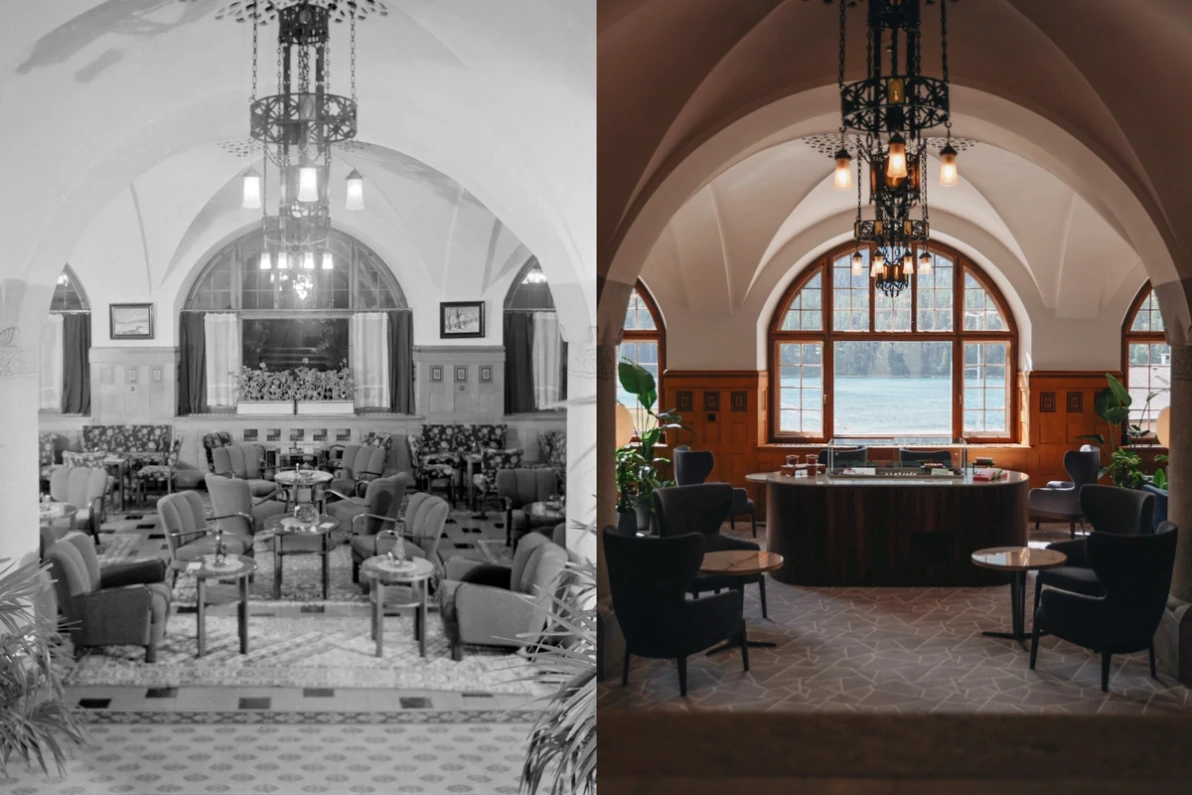
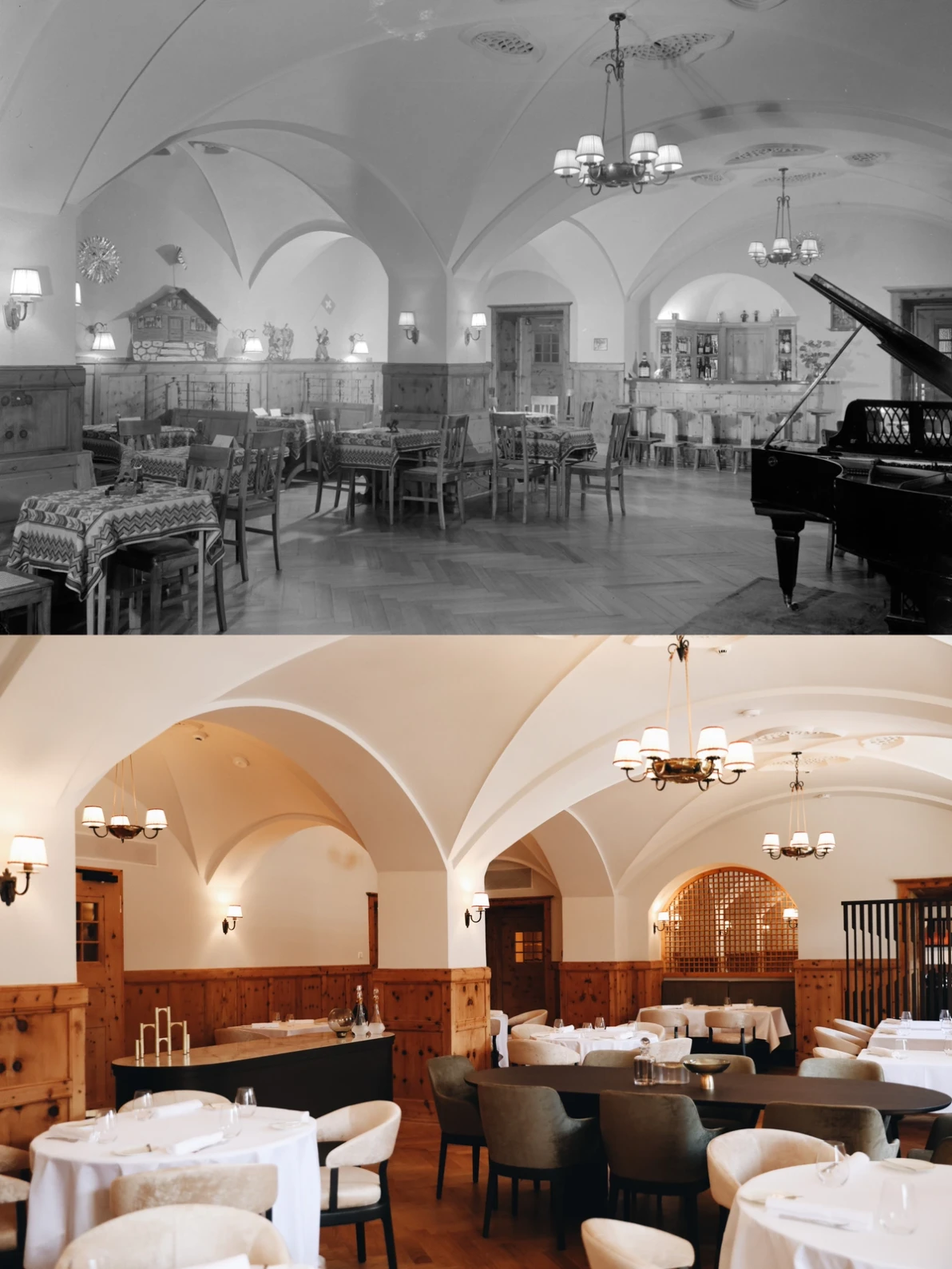
The newest issue of St. Moritz – Views from the Top is available at the Tourist Office and online!•Spring in St. Moritz – warm sunshine, birds chirping and slushy snow.•Inspiration for Spring?•







